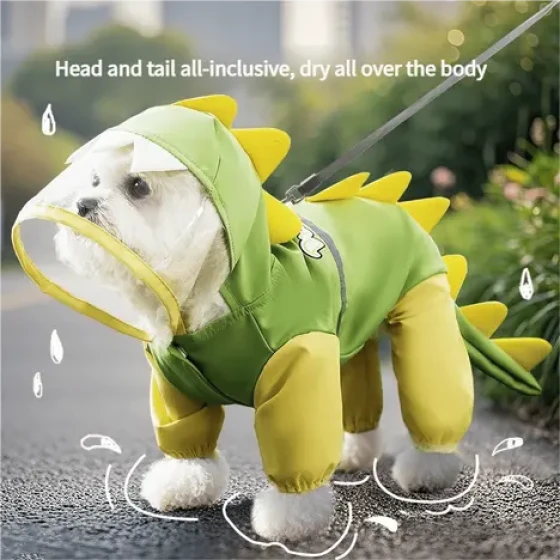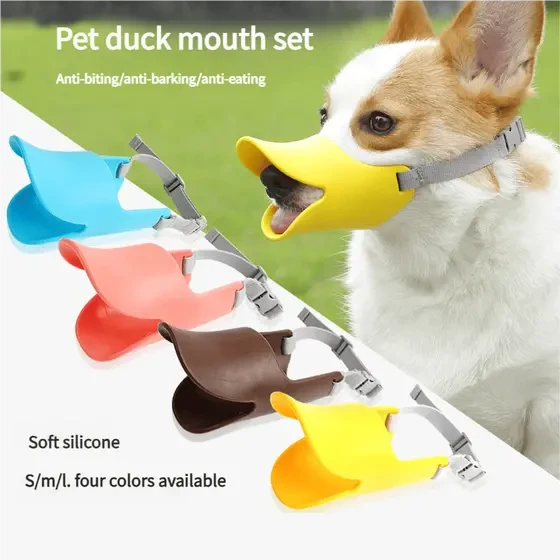Mainstream Issues in Breeding Three Types of Dogs

Yorkshire Terrier (Detailed Introduction)
What You Need to Know Before Breeding
If you have not decided on which theory to use for dog breeding, please note:
Balance of strengths and weaknesses: it is necessary to balance the strengths and weaknesses of both the male and female dogs used for breeding. If both the male and female share the same shortcomings, then avoid mating these two dogs. At the very least, among the breeding male and female, one should have some strengths that compensate for the other's weaknesses, enabling mutual complementarity.
For example, if the breed standard requires small ears, and the male dog used for breeding has slightly larger ears while the female dog has small ears, they can be mated. However, if both the male and female dogs have large ears, their offspring will still have large ears, so these two should not be chosen for breeding.
However, when it is impossible to find two dogs whose strengths and weaknesses balance each other, one must know how to make trade-offs. For instance, if the breed standard requires upright ears but both the male and female dogs used for breeding have floppy ears, they should be avoided; conversely, if this flaw is not significant for the breed, and no choice is available, these two should be used. Thus, balancing strengths and weaknesses requires the breeder's wisdom and understanding of breeding.
Technically, a purebred dog will have a pedigree certificate, which records the names of several generations of registered ancestors; if this pedigree is accurate, it not only serves as the dog’s identification but also helps analyze whether its bloodline has particular strengths or weaknesses. For example, the pedigree shows this dog was bred around sire VA1 and dam VA2, so it is necessary to understand the strengths and weaknesses of dogs 1 and 2 themselves, as well as the bloodlines of dogs bred by their breeders. If breed 1 and 2 require small ears, but even though their offspring are considered good dogs, their ears are slightly large, it is necessary to breed these offspring with a dog that has small ears to compensate for this deficiency. After understanding these two points, you can decide on the breeding method.
What is Inbreeding?
Inbreeding refers to breeding combinations where the bloodlines are very close, such as father with daughter, son with mother, full siblings mating, or half-siblings mating (two types: one where male and female share the same father but different mothers, and another where they share the same mother but different fathers). Among these, full sibling mating is the closest blood relation, because theoretically, full siblings share identical genetics.
The Better Becomes Better, the Worse Becomes Worse
“The better becomes better, the worse becomes worse” is a major characteristic of inbreeding; because the male and female dogs are closely related, when they mate, all their genetic factors are intensified and purified. Under these conditions, within a litter, some puppies might express all the outstanding traits of their lineage — this is the “better becomes better” effect. Conversely, since good genetics can concentrate, bad genetics can also concentrate, so it is possible for offspring to inherit all the flaws and look unlike the breed.
What Is Good? What Is Bad?
This is actually determined by breed standards. For example, German Shepherds must have strong upright ears, so offspring with upright ears have good genetics. Conversely, for fighting dogs whose ears should be separated and bent backward, offspring with upright ears are very undesirable. Therefore, any breeding method must be based on the breed standard. Knowing different breed standards enables understanding of what is good and bad. In inbreeding, strengths and weaknesses concentrate, so theoretically, puppies born from the same father and mother can be grouped into three categories: those concentrating good traits, those with a mix of strengths and weaknesses, and those concentrating flaws. In this case, the chances for “better becomes better” or “worse becomes worse” are equal.
To avoid the “worse becomes worse” effect and genetic diseases from inbreeding, the German Shepherd Association (SV) stipulates: breeding is prohibited within three generations of pedigree (father’s side, grandfather’s side, and great-grandfather’s side) on the back of the pedigree certificate to ensure optimized breeding results.





